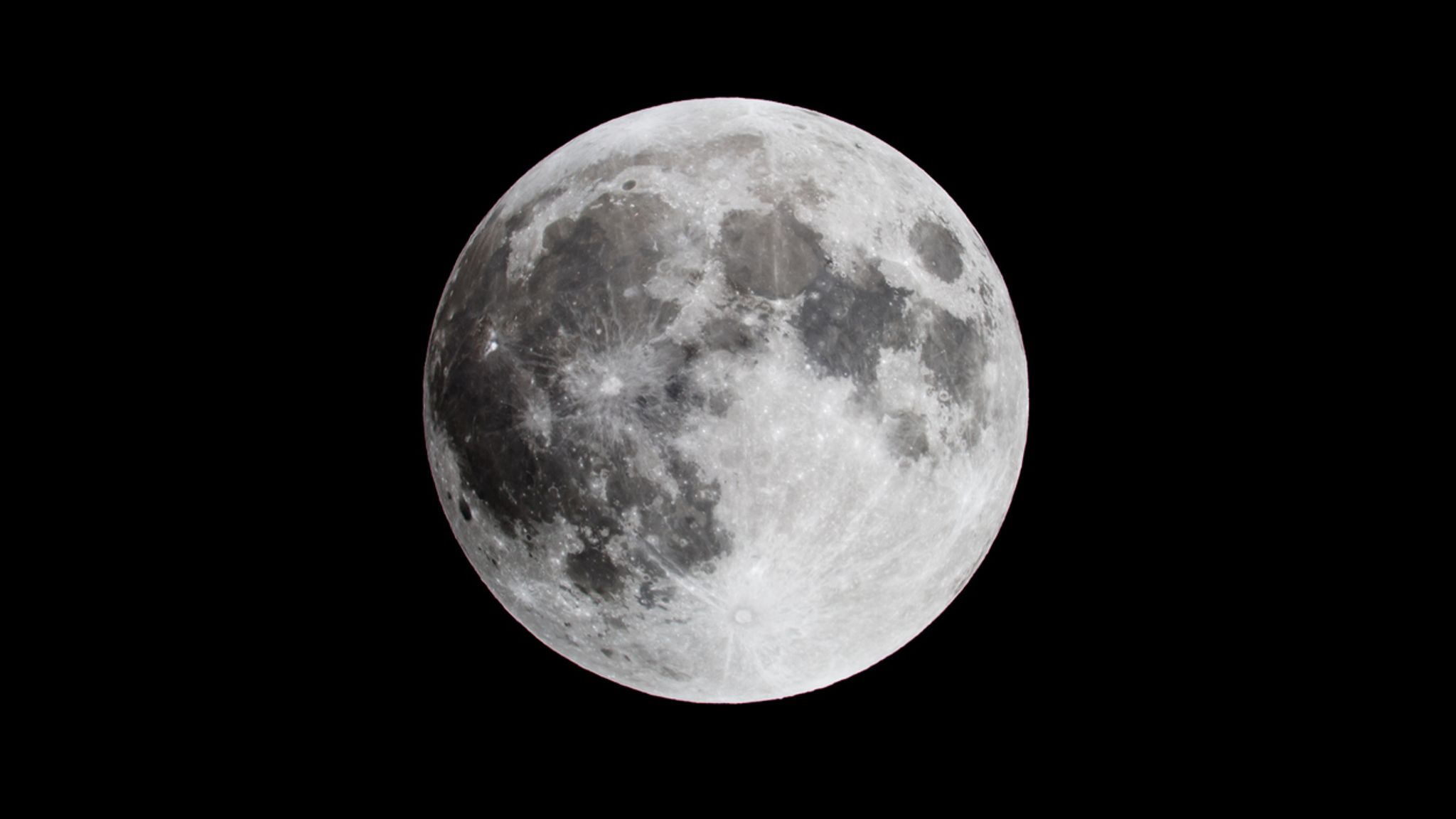Earth’s High-Energy Electrons May Contribute to Moon’s Water Formation
Scientists analyzing data from India’s Chandrayaan-1 lunar mission have made a fascinating discovery: high-energy electrons from Earth’s plasma sheet may play a role in forming water on the Moon’s surface. Researchers from the University of Hawai’i found that these electrons are contributing to weathering processes on the Moon, breaking down rocks and minerals.
Surprisingly, the researchers found that water formation in Earth’s magnetotail is similar to when the Moon is outside it, suggesting additional water formation processes beyond solar wind protons, possibly involving high-energy electrons. This discovery underscores the intricate connection between Earth and its Moon, shedding new light on lunar science.
What is the significance of the discovery that high-energy electrons from Earth’s plasma sheet may be contributing to the formation of water on the Moon?
This discovery is significant because it provides a new perspective on the origin of lunar water. It suggests that Earth’s high-energy electrons, in addition to solar wind protons, play a role in weathering processes on the Moon’s surface, potentially contributing to the formation of water. Understanding the sources of lunar water is crucial for future lunar exploration and colonization efforts, as water is essential for sustaining human life and supporting various activities on the Moon.
How did the researchers investigate the role of high-energy electrons in lunar water formation?
The researchers analyzed data collected by the Moon Mineralogy Mapper instrument on India’s Chandrayaan-1 mission. They specifically examined changes in water formation as the Moon moved through Earth’s magnetotail, an area that shields the lunar surface from solar wind but not high-energy electrons.
Why is it important to understand the concentrations and distributions of water on the Moon?
Understanding lunar water is essential for comprehending the Moon’s formation and evolution. It also holds great importance for future human exploration, as water is a critical resource for sustaining life and conducting various activities on the Moon, such as generating oxygen and producing rocket fuel.
How does the Moon’s passage through Earth’s magnetotail affect water formation on its surface?
When the Moon is outside of Earth’s magnetotail, it is bombarded with solar wind, which is thought to contribute to water formation. However, when inside the magnetotail, where there are almost no solar wind protons, the expectation was that water formation would decrease. Surprisingly, the research showed that water formation remained similar, indicating the involvement of additional processes, potentially linked to high-energy electrons.
What implications does this discovery have for our understanding of the relationship between Earth and the Moon?
The discovery of Earth’s influence on lunar water formation through high-energy electrons suggests a previously unrecognized connection between the two celestial bodies. It highlights the complexity of the Earth-Moon relationship and underscores the importance of further lunar research to uncover more hidden aspects of this relationship.
Month: Current Affairs - September, 2023
Category: Science & Technology Current Affairs







